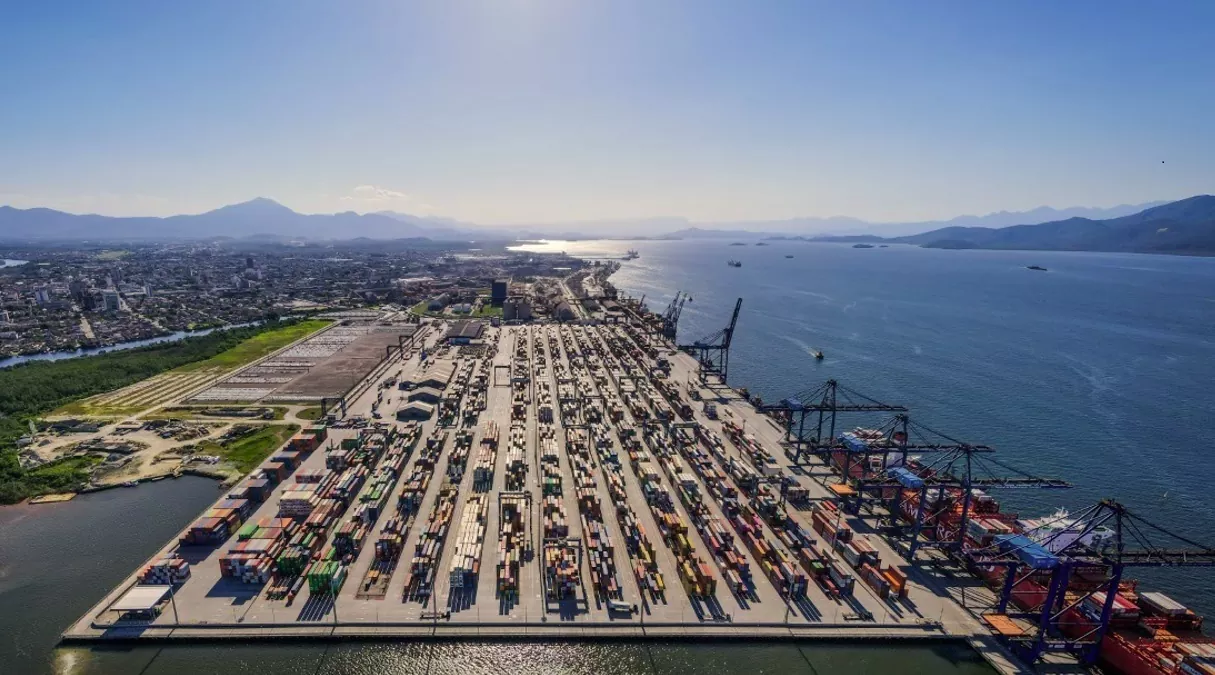
Brazil container exports hit rock bottom in February: exception or aggressive recession ahead?
Apr, 03, 2023 Posted by Gabriel MalheirosWeek 202317
Data recently gathered by Datamar’s Business Intelligence team show that Brazilian containerized exports dropped 15% in February volume-wise compared to the same month in 2022. In February 2023, Brazil shipped 186,151 TEUs over 216,795 TEUs in the same month last year.
In Jan-Feb, the total exported also fell by 15% compared to the first two months of 2022.
See below Brazil’s exporters in containers from Jan 2019 to Feb 2023, according to the DataLiner foreign trade data.
Source: DataLiner (click here to request a demo)
Commodities
Several goods drove the downward trajectory of exports in February, especially cotton (-62%), coffee (-27%), wood (-19%), and beef (-10%).
Data from the Cepea applied economics research center reveals that the value of cotton lint is currently below the average in the foreign market. Although the export parity is being supported by the high dollar-real exchange rate, domestic quotations still pay more than exports. This has made trading cotton domestically more attractive than exporting it.
As for coffee, Márcio Ferreira, president of the industry association Cecafé, commented that the export drop was already expected as Brazil has entered the off-season for the product. This, associated with the impact of two small harvests in past years due to weather complications in key producing regions and a turbulent international market, explain the drop.
The farther we are from a crop with substantial results, like the one in 2020, a record harvest, the lesser are the stocks available, which impacts supply,” said Cecafe president Márcio Ferreira. He also said that despite the recent recovery of arabica coffee prices in New York KCc2, current international rates are lower than in Brazil, leading coffee farmers to sell locally or not at all.
Regarding the decrease in meat shipments, it is noteworthy that between February 22 and March 23, sales to China were halted due to the self-embargo that Brazil adopted after the identification of an atypical case of mad cow disease (when the disease manifests itself in an animal spontaneously, with no transmission from one animal to the other) in northern state Pará.
The destination which saw the most significant drop in Brazilian exports was Europe, down 20% from February 2022. It is worth noting that since the beginning of the conflict with Ukraine, Russia has brought down international trade in the region.
Imports
As for imports, Brazil brought in 181,050 TEUs in February compared to 199,816 TEUs in February 2022, a drop of 9.4%. In the first two months of 2023, the fall was 3.4%.
See below Brazil’s containerized imports from Jan 2019 to Feb 2023, according to the DataLiner foreign trade data.
Source: DataLiner (click here to request a demo)
Outlook
What do these data indicate? Is it the start of a bad trend for the year or merely an out-of-the-curve situation?
According to a report released by the World Bank at the end of March, projections indicate that trade growth will continue down over the next decade, in line with the decreasing global economy. The long-term effects of the COVID-19 pandemic, the Russian invasion of Ukraine, and rising interest rates have put the brakes on economic activity, causing trade growth through 2030 to likely slow by 0.4 percentage points per year (relative to the previous decade). A long-term trend is the practice of reshoring or nearshoring, which will also have a dampening effect on trade, according to World Bank researchers.
In the same vein, Mizuho Bank’s research division predicts that demand for container shipping will decline in 2023. The forecast is based on a study of current supply and demand trends and short-term forecasts in major industries.
Mizuho Bank believes container movement will be slower in 2023, especially in the Asia-Europe and Asia-North America trades, due to the drop in consumption and the normalization of demand, which has increased dramatically since the second half of 2020.
-
Ports and Terminals
May, 23, 2023
0
ANTAQ holds public hearing for ITG 02 terminal bidding in Port of Itaguaí
-
Logística Outros
Nov, 14, 2018
0
Brazil’s coffee exports rise 33% in October
-
Meat
Dec, 16, 2022
0
UAE stand out in purchases of poultry, eggs from Brazil
-
Jan, 10, 2023
0
Multipurpose shipping to outgun competing sectors


